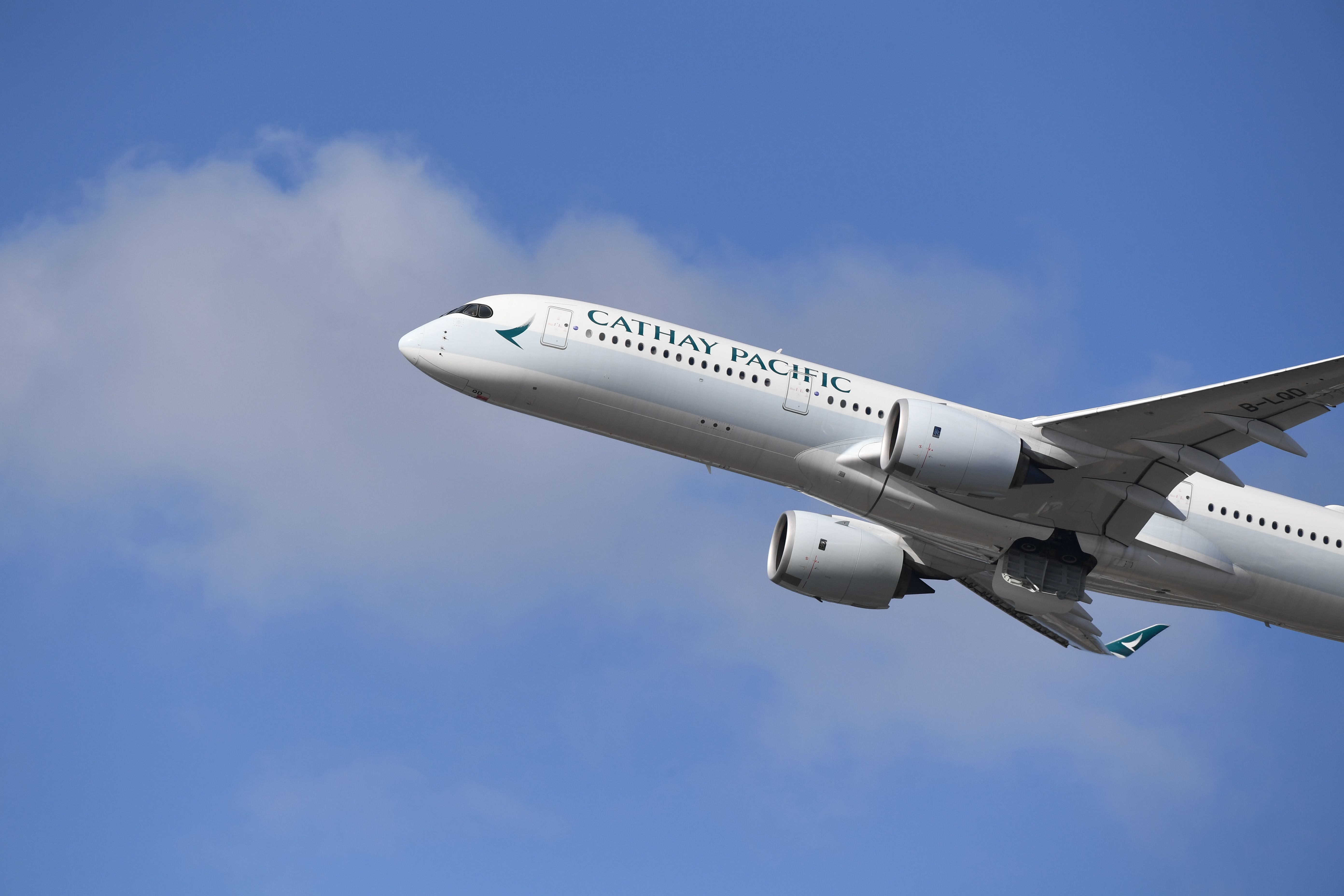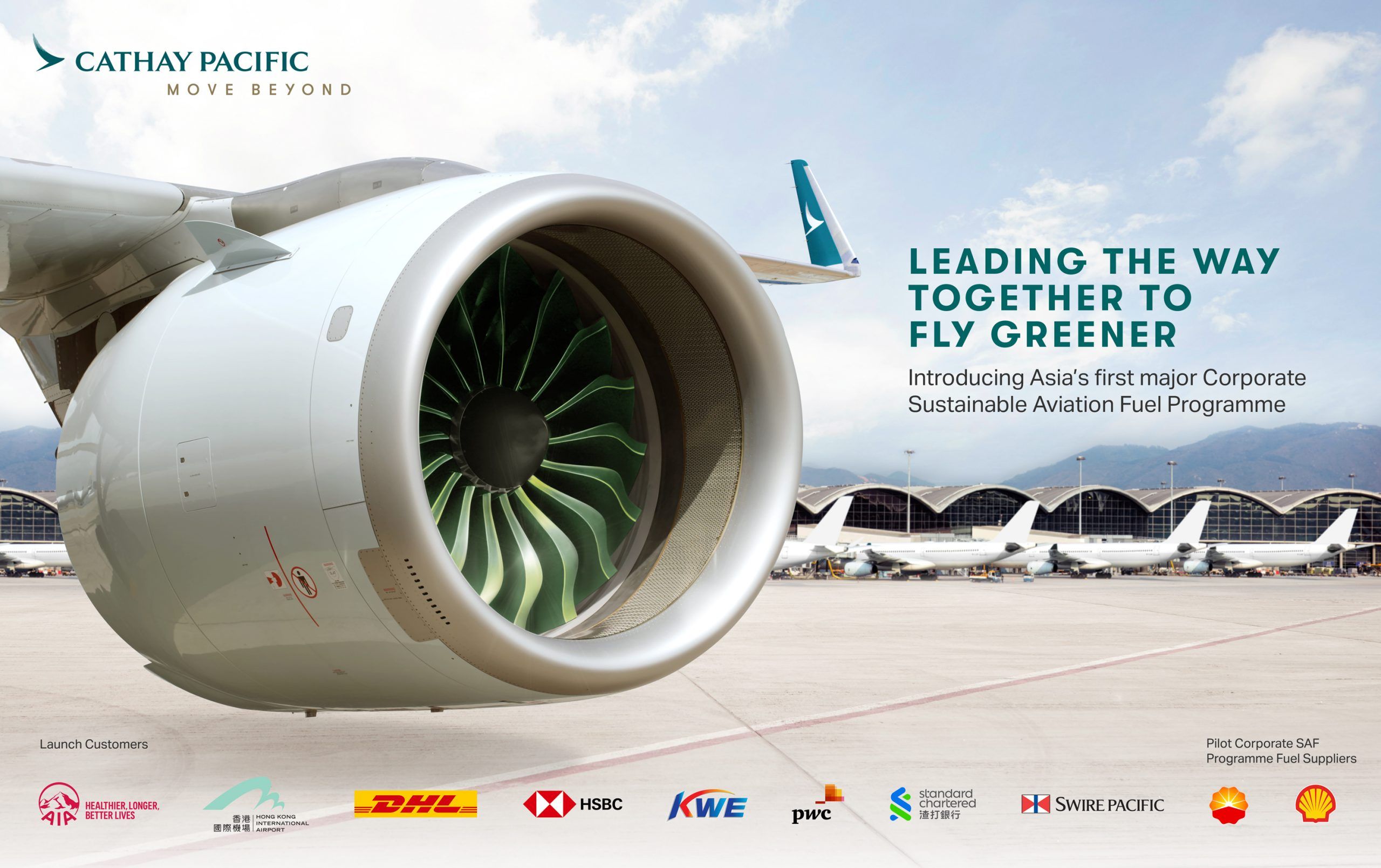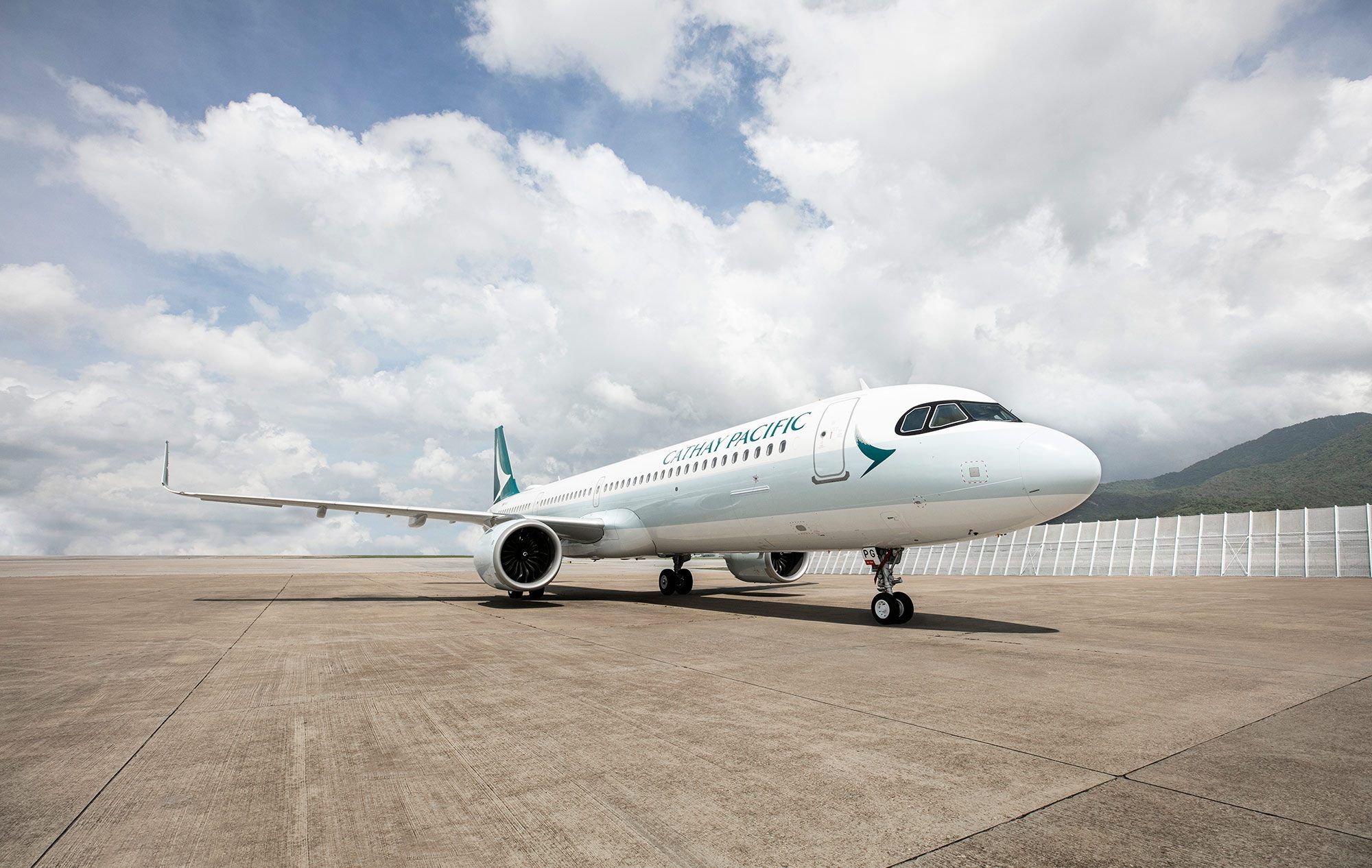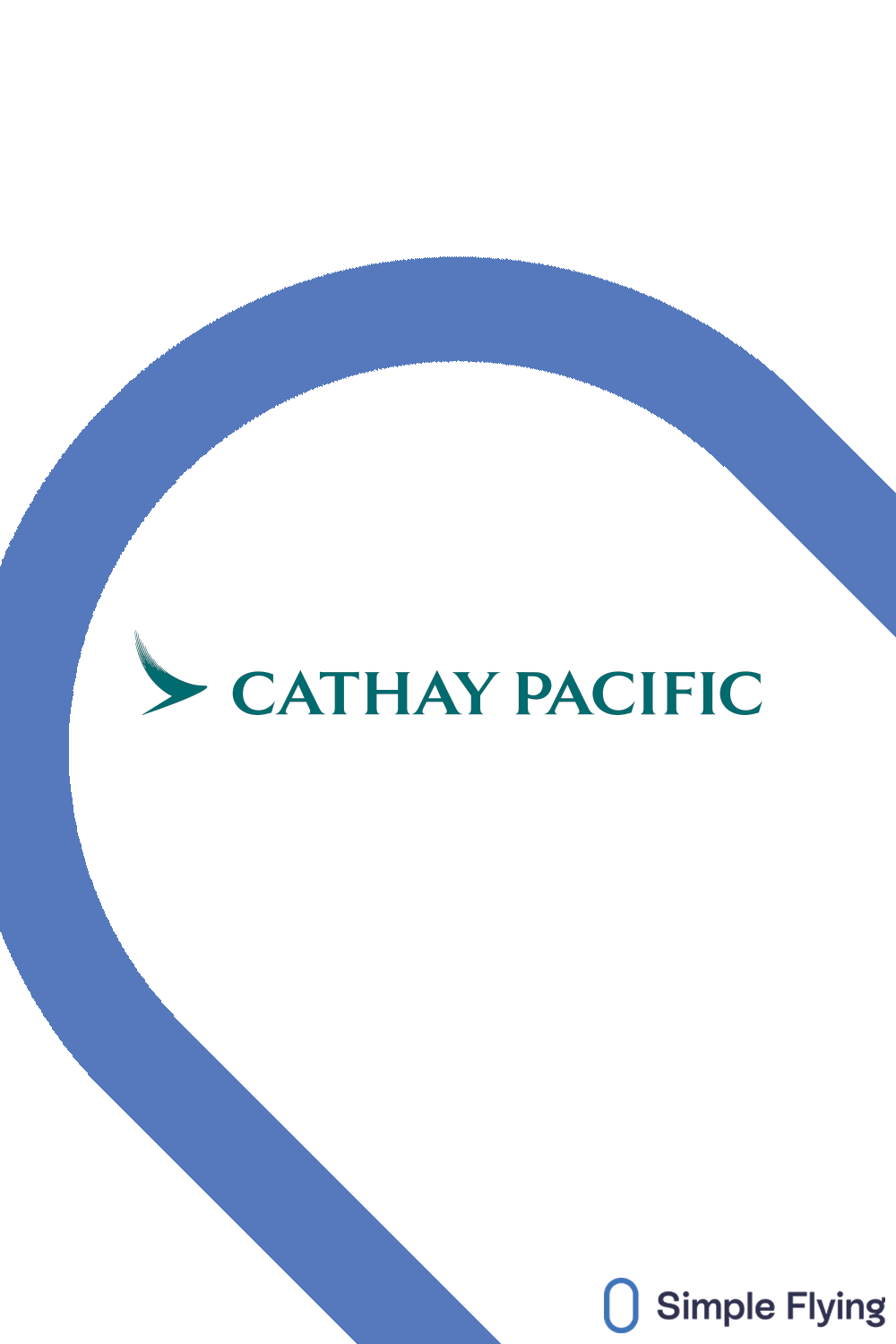Last month, we reported how Cathay Pacific became the latest oneworld member to agree on a deal with California-based renewable outfit Aemetis for 18 million gallons of sustainable aviation fuel (SAF). The fuel will be delivered to San Francisco International Airport over a period of seven years from 2025. Following this announcement, Cathay Pacific Head of Marketing and Sales Paul Johannes explained how this commitment aligns with his company’s broader goals.
A balanced stance
While SAF remains core to operational sustainability, Cathay Pacific is determined to cover all angles and undergo a long-term transition towards its mission of net zero by 2050. The airline’s roadmap involves fleet modernization, operational efficiency advancement, and decarbonization technology deployment.
Altogether, one of the airline's key objectives is sustainability. Therefore, the SAF initiative fits in perfectly with the overall model.
As Johannes puts it.
“This is just one of the many things that we're doing in terms of sustainability. One is this recent purchase of SAF with Aemetis, but at the same time, we've also engaged eight corporates, eight major corporations like HSBC, and PwC,”“Plus, if you add to that, we have our whole carbon offset program. We are very strong on eliminating single use plastic. We've got a very key target for that as well. So we've got a whole big sustainability piece and in everything we do with our teams with our customers. This is always top of mind and something that we weave into to our business.”
Find more news about Asian aviation here.
Existing progress
The airline was a pioneer in Asia regarding its corporate sustainable aviation program, being one of the first in the region to launch such an initiative. It was also the first in its continent to launch a carbon offsetting scheme around 15 years ago, offsetting over 300,000 tonnes of CO2.
Cathay Pacific has been welcoming several modern aircraft to its fleet in recent years. The Airbus A321neo and Airbus A350 have been long praised for their efficiency over previous generation aircraft. Yet, the airline has sights on further expanding its holdings. Fleet renewals are crucial to maximizing efficiency in this next chapter within the market.
Get the latest aviation news straight to your inbox: Sign up for our newsletters today.
Industry motives
Different airlines have varying approaches to reaching net zero. For instance, easyJet has already decided to ditch its offsetting scheme in favor of other routes. Yet, there is a consistent factor across the industry - SAF. From easyJet to Qantas, carriers around the world are heavily involved in SAF schemes in a bid to shift toward cleaner operations.
SAF is undoubtedly a key tool to reduce flight emissions in the short term. Airlines are also looking at other methods, such as hydrogen aviation, in the long run.
All in all, there isn’t a silver bullet when it comes to sustainability. A multipronged attack is needed in the fight to reach net zero. All these programs will go a long way in the run one.
What are your thoughts about Cathay Pacific’s sustainability initiatives? What do you make of the plans of the airline? Let us know what you think in the comment section.




